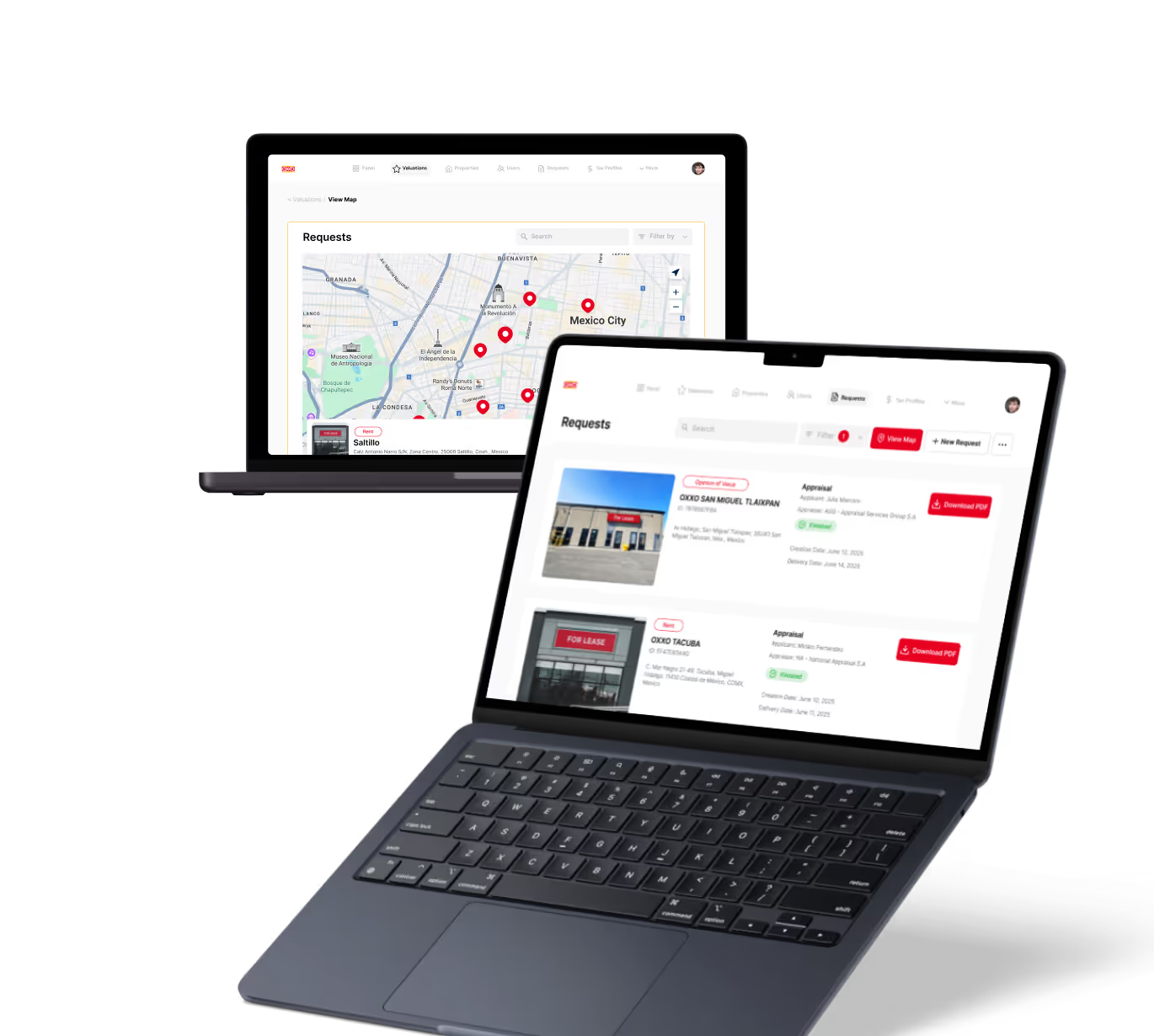Auto-Tagging in Automation
Automation
Discover how auto-tagging in automation boosts efficiency by organizing data and workflows without manual effort.
Introduction to Auto-Tagging in Automation
Have you ever wished your digital tools could organize information for you automatically? Auto-tagging in automation does exactly that. It helps you label data, files, or tasks without needing to do it yourself. This saves time and reduces errors.
In today’s fast-paced world, managing large amounts of data can be overwhelming. Auto-tagging uses rules and smart technology to keep everything neat and easy to find. Let’s explore how this works and why it matters for your business or projects.
How Auto-Tagging Works
Auto-tagging uses software to add labels or tags to items based on their content or context. These tags help categorize and find information quickly. The process often involves:
- Setting rules or keywords that trigger tags.
- Using AI or machine learning to understand content.
- Applying tags automatically when new data arrives.
For example, in email automation, if a message contains the word "invoice," the system can tag it as "Finance" automatically. Tools like Zapier or Make let you create these rules without coding.
Benefits of Auto-Tagging in Automation
Auto-tagging offers many advantages that improve how you work and manage information. Here are some key benefits:
- Time-saving: No need to tag items manually, freeing you for more important tasks.
- Consistency: Tags are applied uniformly, reducing mistakes.
- Better organization: Easily sort and filter data based on tags.
- Improved search: Find files or records faster with accurate tags.
- Scalability: Handle growing data volumes without extra effort.
These benefits make auto-tagging a powerful feature in platforms like Bubble, Glide, and FlutterFlow, where managing user data or content is crucial.
Common Use Cases for Auto-Tagging
Auto-tagging is useful in many areas. Here are some popular examples:
- Customer support: Automatically tag tickets by issue type to route them correctly.
- Content management: Tag blog posts or images by topic or category.
- Sales automation: Label leads based on behavior or source.
- Project management: Tag tasks by priority or department.
- Email marketing: Segment contacts by interests or actions.
For instance, Glide apps can auto-tag users based on their app activity, enabling personalized experiences without manual updates.
Tools and Platforms Supporting Auto-Tagging
Many no-code and low-code tools offer auto-tagging features or integrations. Some popular ones include:
- Zapier: Connect apps and set rules to auto-tag data across platforms.
- Make (Integromat): Create complex workflows that apply tags based on conditions.
- Bubble: Use workflows and plugins to auto-tag database entries.
- Glide: Automate tagging in app data for better user management.
- HubSpot: Automatically tag contacts and deals based on interactions.
These tools let you build automation without coding, making auto-tagging accessible to everyone.
Best Practices for Implementing Auto-Tagging
To get the most from auto-tagging, follow these tips:
- Define clear tagging rules: Use specific keywords or conditions to avoid confusion.
- Keep tags simple: Avoid too many tags that can clutter your system.
- Test your automation: Check that tags apply correctly before full deployment.
- Review and update: Regularly refine tags and rules as your needs change.
- Combine with manual review: Use auto-tagging to assist, not replace, human judgment when needed.
By following these steps, you ensure your auto-tagging system stays effective and reliable.
Conclusion
Auto-tagging in automation is a smart way to organize your data and workflows effortlessly. It saves you time, improves accuracy, and helps you manage growing information easily. Whether you run a small business or a large project, auto-tagging can make your work smoother.
With many no-code and low-code tools supporting auto-tagging, you don’t need to be a developer to benefit. Start by setting simple rules and watch how automation transforms your daily tasks. Embrace auto-tagging to stay organized and focused on what matters most.
FAQs
What is auto-tagging in automation?
Which tools support auto-tagging features?
How does auto-tagging improve workflow efficiency?
Can auto-tagging handle complex data automatically?
What are common use cases for auto-tagging?
How do I start implementing auto-tagging in my projects?
Related Terms
See our numbers
315+
entrepreneurs and businesses trust LowCode Agency
Investing in custom business software pays off
We were managing property valuations across multiple brands, and the complexity was overwhelming our traditional processes. Every day of delay in property evaluation meant potential lost revenue and competitive disadvantage.
15,000+
property valuations managed through centralized platform
40%
reduction in valuation processing time

J.Antonio Avalos
,
Product Manager Lead
OXXO



%20(Custom).avif)